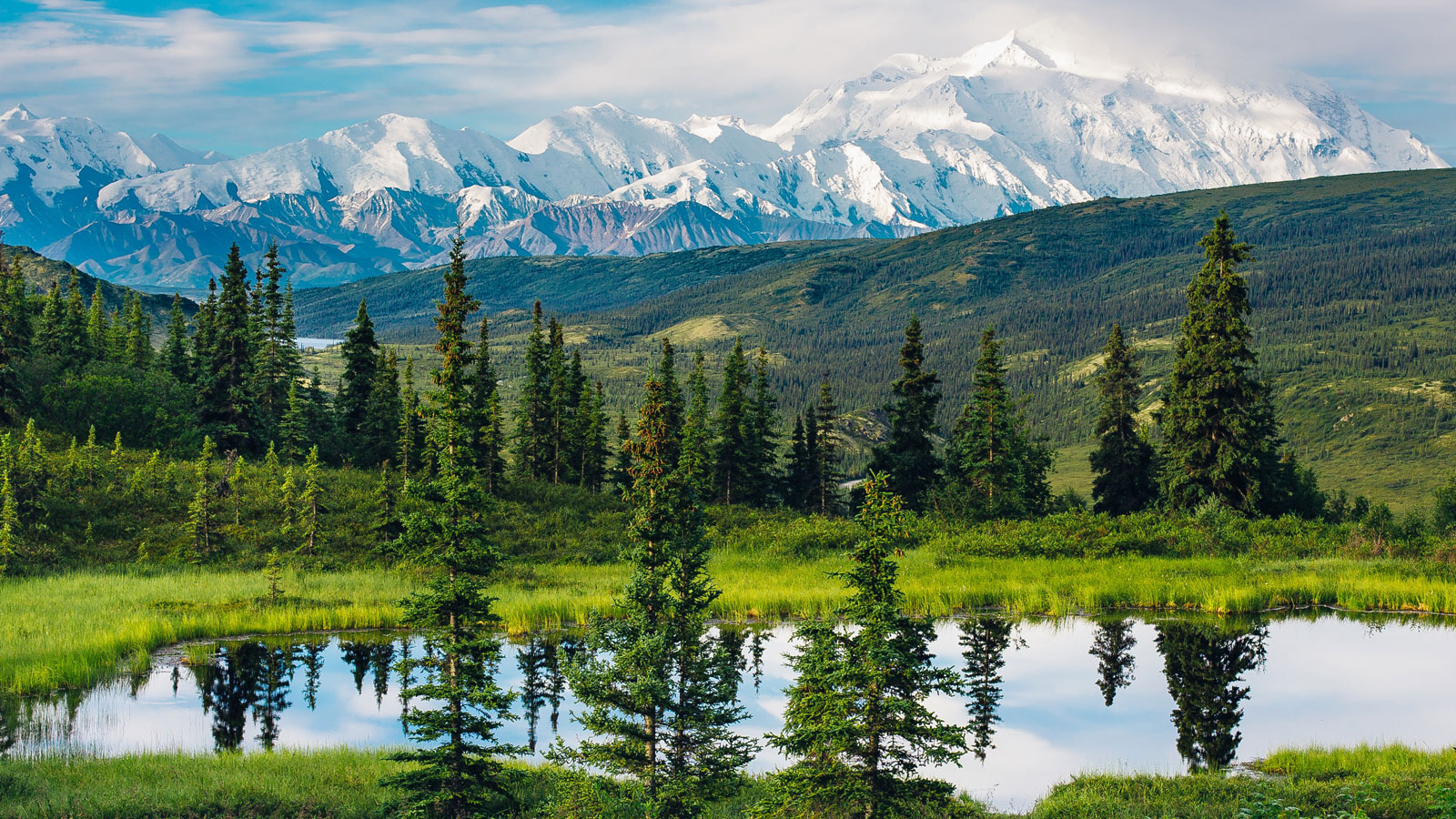
Donate Today
Our research and public education work are all made possible by tax-deductible contributions from supporters like you.
It’s time for the Biden administration to designate Alaĝum Kanuux̂, the “Heart of the Ocean,” as the first national marine sanctuary off the Alaska coast.
This commentary was published in the Alaska Beacon earlier this month. We’re revisiting it for the last day of Ocean Month.
Alaska boasts more than 57 million acres of federal wilderness and the state park system adds another 3 million rustic acres of land and water. These areas provide pastoral wonderlands for one of the most diverse and unique animal populations in the world. It is a really special place. While the Alaska Maritime National Wildlife Refuge protects some fish, seabirds and marine mammals, correcting one oversight could vastly improve — and maybe even save — the lives of a much wider array of species that dwell in and around Alaska’s frigid waters. It’s time for the Biden administration to designate Alaĝum Kanuux̂, the “Heart of the Ocean,” as the first national marine sanctuary off the Alaska coast.
The United States’ 15 national marine sanctuaries in the Pacific Ocean, Gulf of Mexico, Great Lakes and Atlantic Ocean cover more than 620,000 square miles. Under the National Marine Sanctuaries Act, presidential administrations can protect marine environments that are important due to their conservation, recreational, scientific, cultural, educational or other significant qualities. Alaĝum Kanuux̂, in the Bering Sea, qualifies under all of those categories.
The Aleut Community of St. Paul Island Tribal Government has proposed that, in conjunction with the U.S. government, the St. Paul and St. George tribal governments could co-manage the proposed new sanctuary around the four volcanic, sparsely populated Pribilof Islands, which include St. Paul Island and St. George Island, the world’s two largest Unangax̂ villages.
The Pribilof Islands are north of Unalaska and southeast of the Siberian coast. The Eastern Bering Sea shelf is just 30 miles away, so deep-sea, nutrient-dense, cold water rises and mixes with warmer waters from the shallows on the continental shelf. This allows for what’s called the “Green Belt,” which includes large populations of phytoplankton, rich biodiversity, and a unique ecosystem unlike anywhere else on Earth.
The Unangax̂ note that the eastern part of the Bering Sea is a “vital breeding and feeding habitat” for its famous northern fur seals and other seals and sea lions, with value for many whale species and millions of seabirds as well. The cliffs of St. George Island host one of the largest seabird colonies in the Northern Hemisphere.
Unfortunately, many of the 30 marine mammal species, such as the Steller sea lions, in the region are struggling to maintain their numbers or are officially endangered. Scientists have also seen alarming drops in crabs, seabird and fish populations.
As Alaska’s climate changes rapidly, even the relatively abundant northern fur seals are in decline. Their population is less than a quarter of its peak, despite reduced commercial harvesting. A study released just last week warns that because of greenhouse gas pollution, the Arctic will be, on average, ice-free each September near mid-century. Sea ice in the subarctic has likewise been disappearing rapidly over the last fifty years, and in some recent years the Pribilof Islands haven’t seen any all winter.
The warming seas have also upended commercial fishing, which provides a livelihood for many people in the region, including some of the Unangax̂ community. The tribe plans to co-manage the sanctuary with a goal of using wisdom and experience to ensure a sustainable fishery to feed future generations and healthy marine life populations.
The Aleut Community of St. Paul Island Tribal Government’s proposal spells out that, “…our tribal communities self-identify as ‘People of the Seal’ and live with the knowledge that, ‘If they’re [seals] not here, then we won’t be either.’” For the sake of these people and the wildlife they’ve lived with since time immemorial, the National Oceanic and Atmospheric Administration should create the Alaĝum Kanuux̂ National Marine Sanctuary. Turning the “Heart of the Ocean” into a sanctuary would be a perfect way to celebrate Ocean Month.
Our research and public education work are all made possible by tax-deductible contributions from supporters like you.
Donate
